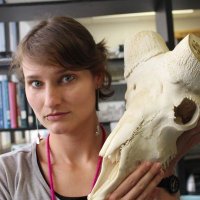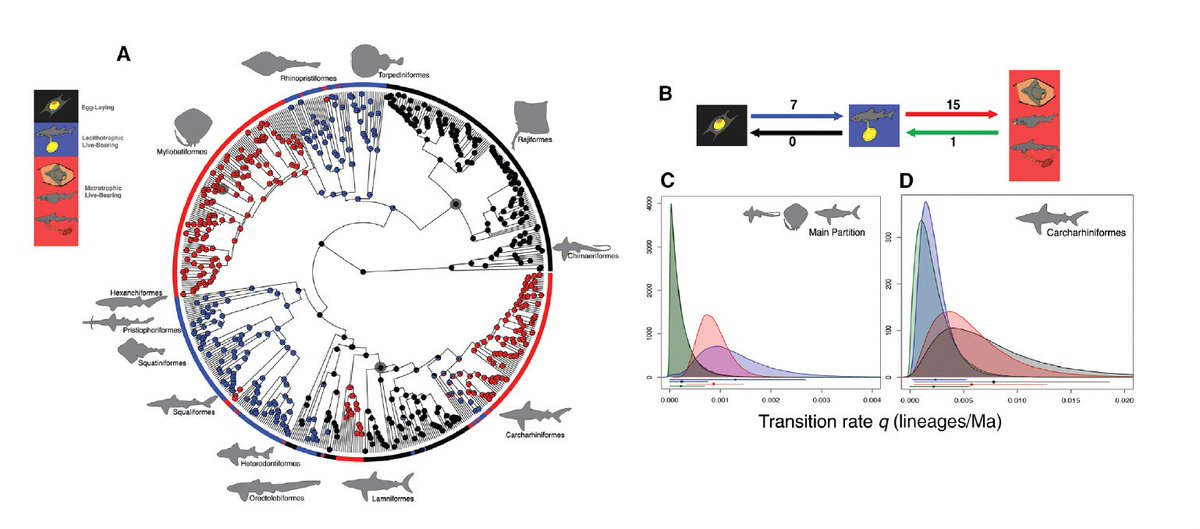
Kara Yopak
@profsharkbrain
Sharks, brains & laser beams - My lab focuses on comparative neuroanatomy of sharks, batoids, & chimaerids. Director of the @YopakZoMBiELab at @UNCWilmington
ID: 752128370
http://yopaklab.com 12-08-2012 00:07:16
450 Tweet
1,1K Takipçi
297 Takip Edilen


Great new paper by Thomas et al. showing that Port Jackson sharks modify skeletal muscle capillaries based on the thermal regime. Peyton Thomas, Emily Peele, Kara Yopak Culum Brown 🇺🇦 Connor Gervais Charlie Huveneers sciencedirect.com/science/articl…


Hot off the press! Derek Sauer quantifies variation in elasmo inner ears. Considerable variation with habitat and prey type. Presented Elasmobranch Society last week and published this week! Kara Yopak #craigratford rdcu.be/dhBHe

Ever wonder about variation in shark inner ears? Check out PhD student Derek Sauer ‘s recent paper in Scientific Reports - an amazing paper with an amazing collaborative team! Chris Mull #craigradford UNCW Biology & Marine Biology Department rdcu.be/dhBHe


So excited to see this work in print! PHD student Derek Sauer looked at variation in the inner ear hair cells across species. Awesome collab with #craigradford Kara Yopak UNCW Biology & Marine Biology Department

So honored and excited to be interviewed by Dr Isla Hodgson (she/her) 🌊🦈🕊️ for the Save Our Seas #worldofsharks podcast! We had so much fun discussing all things brain - come visit our lab soon Isla!!

Can you imagine a better weekend than dissecting shark noses with Dr. Lauren Eve Simonitis 🇨🇺🇺🇸 and Aubrey?? Yeah, I can’t either… 🦈🧠




I am today's Roer seminar speaker UNCW Biology & Marine Biology Department, at 3 PM excited to see you all there!


Hot off the press! Out now in Current Biology "Maternal investment evolves with larger body size and higher diversification rate in sharks and rays" Read here: authors.elsevier.com/a/1jCxB3QW8S6E… Massive thanks to my co-authors Matt Pennell Kara Yopak and Nicholas Dulvy





Great to be visiting Kara Yopak of Kara Yopak at the Centre for Marine Science in Wilmington, North Carolina, talking shark brains & endocasts 🦈 🧠










